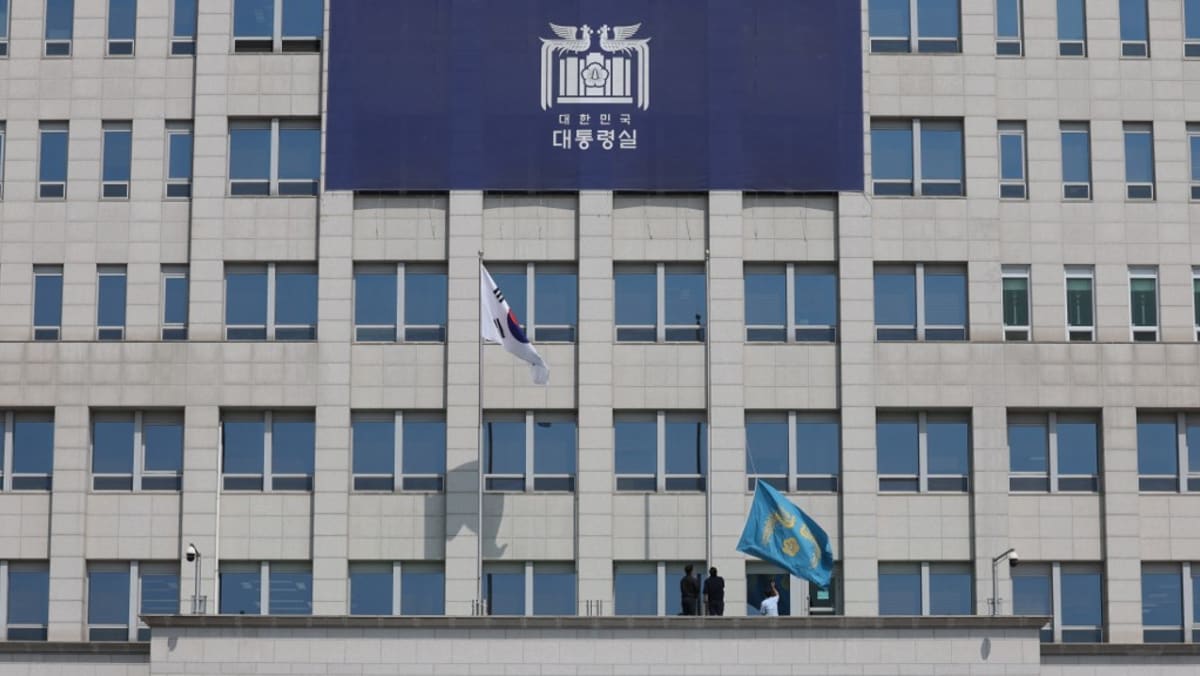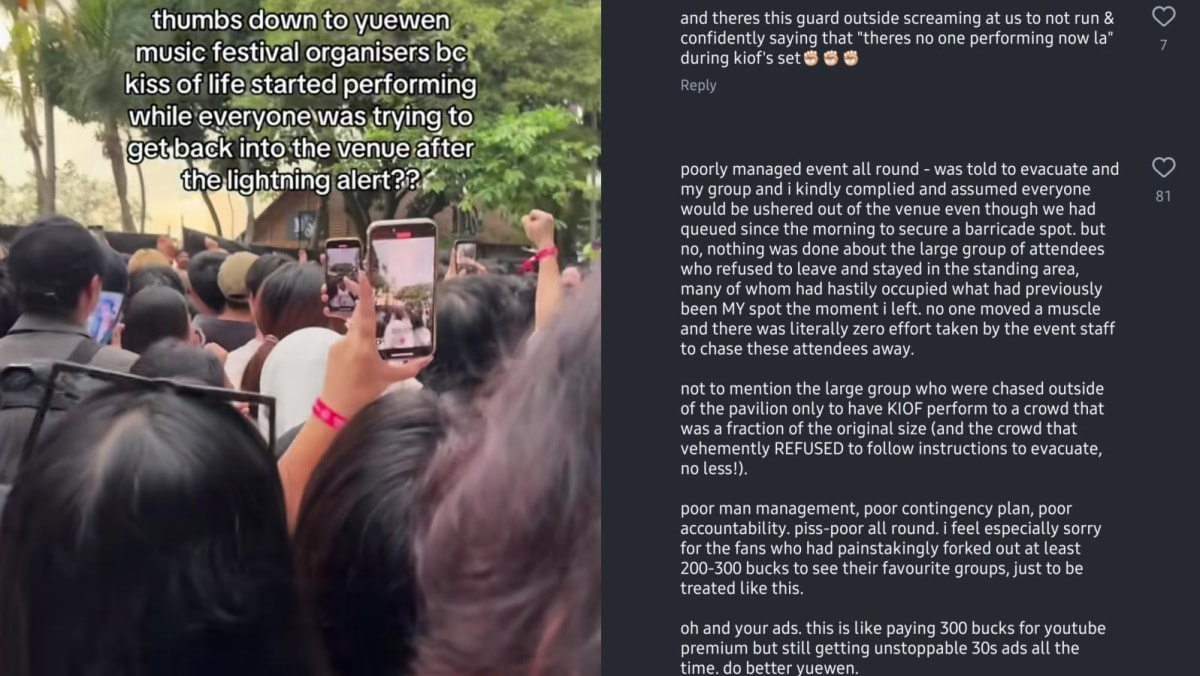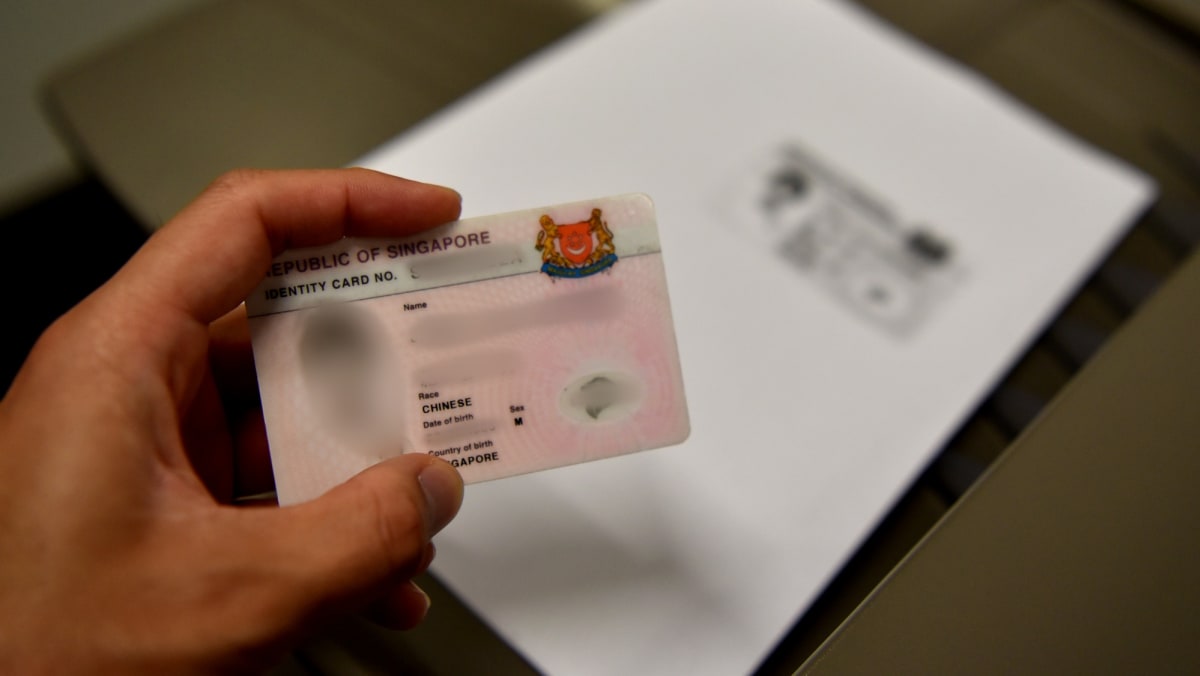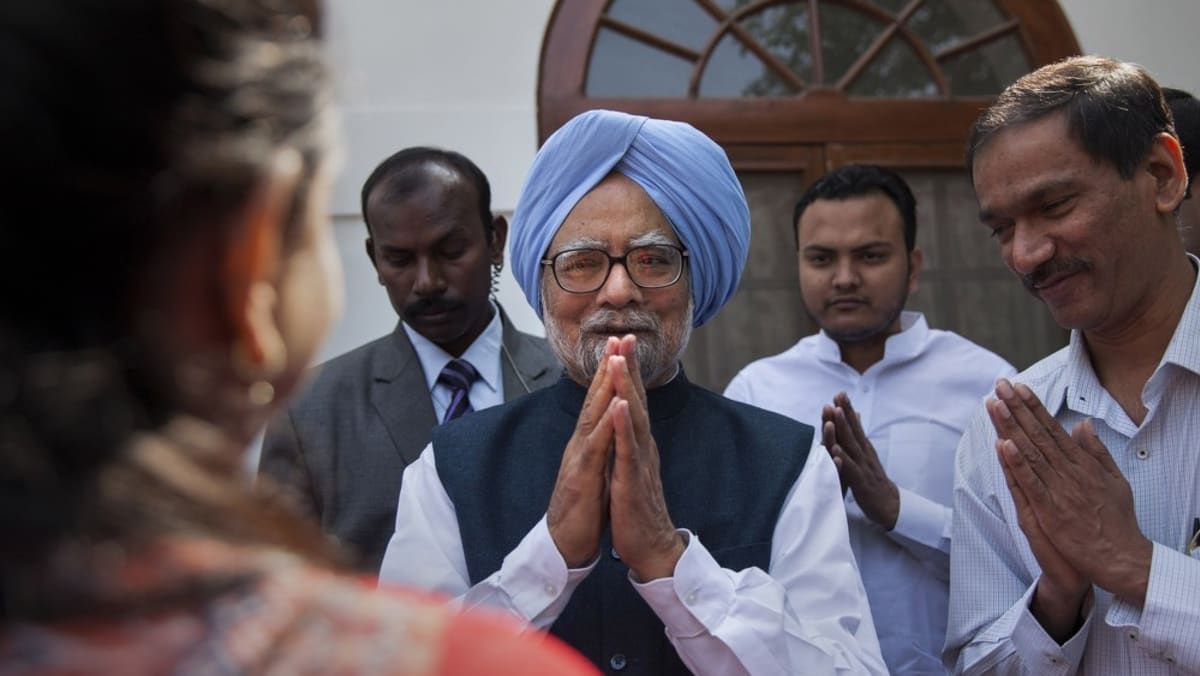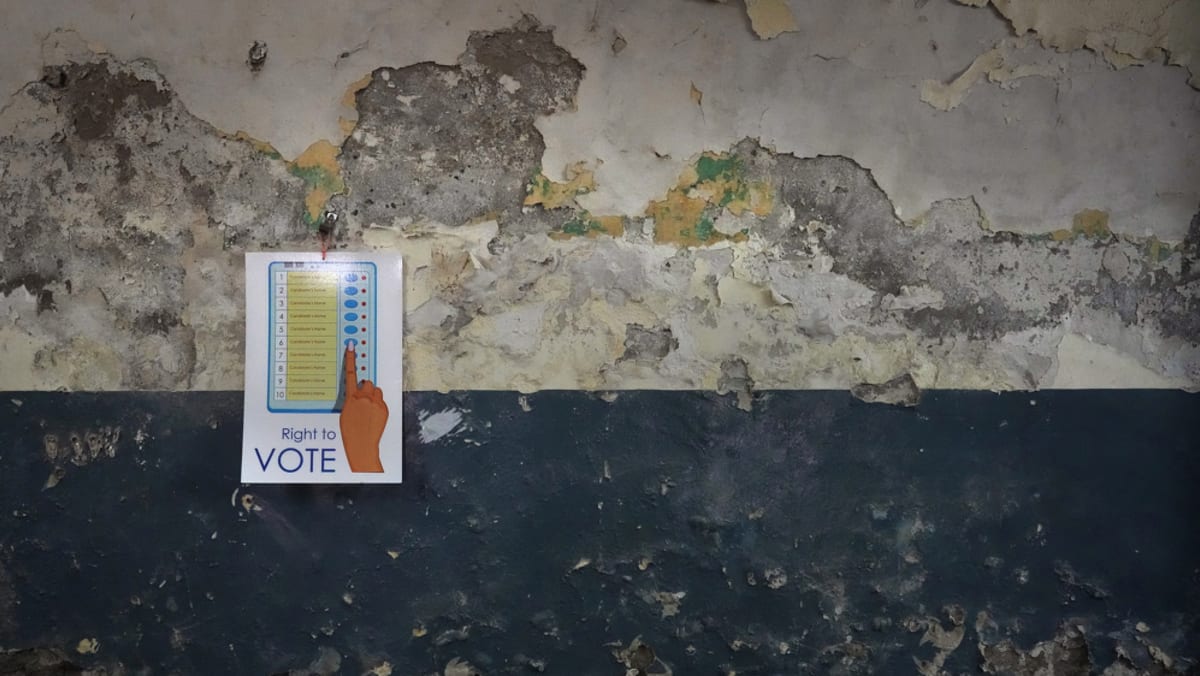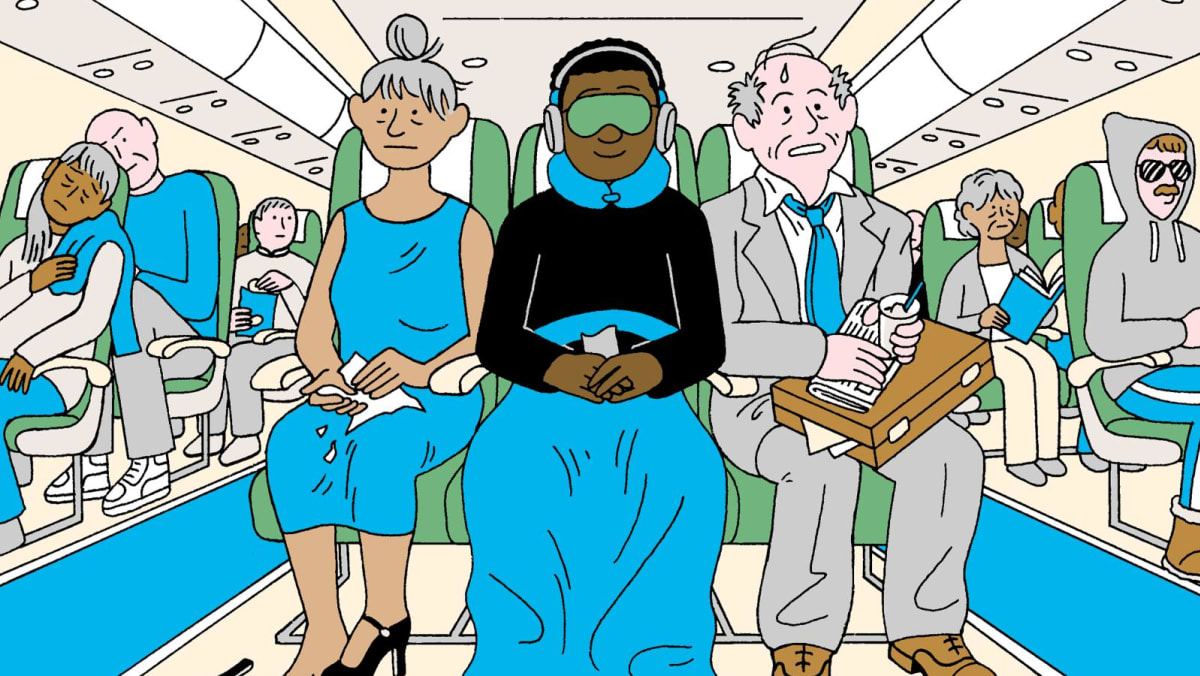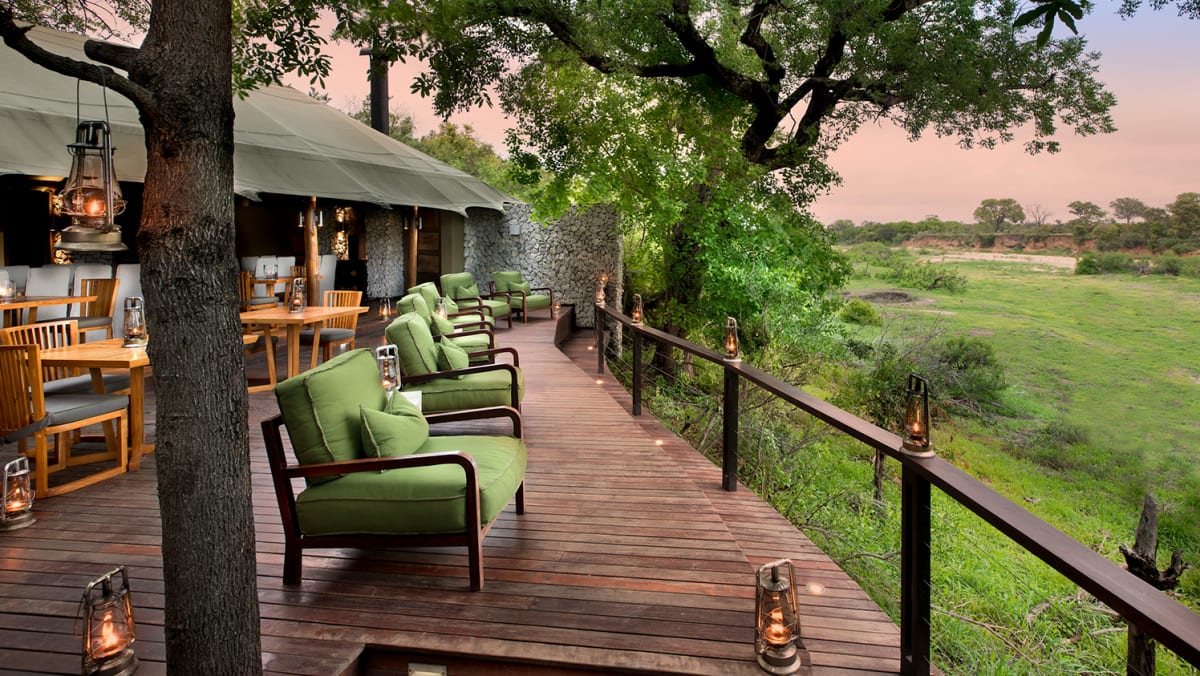Antwerp is perfect for a weekend visit: Traverse its flat and walkable centre, discovering Gothic masterpieces, Michelin-starred restaurants, design ateliers, wine bars and too many shopping streets to count.
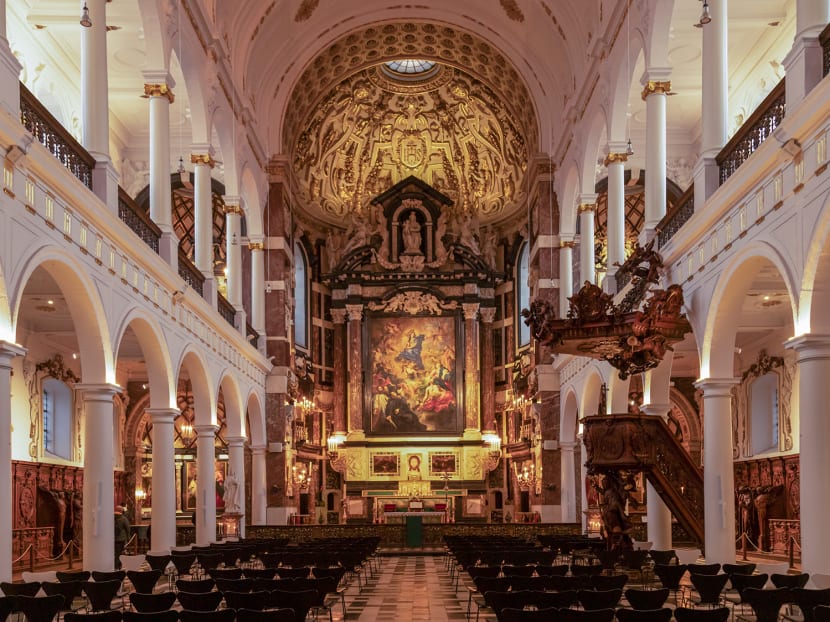
St Charles Borromeo Church. (Photo: Jan Van Der Wolf/iStock)
Five centuries ago, the northern Belgian port city of Antwerp was a thriving European centre of diamonds, art and finance, with one of the world’s first stock exchanges. Today, works by Flemish master Peter Paul Rubens await those who wander its churches, and the city is one of the continent’s edgiest fashion and design centres. Both its medieval and baroque roots and perpetual reach for the new culminate at the Royal Museum of Fine Arts Antwerp, a neoclassical temple to both old masters and modern art, which reopened in 2022 after a decade-long renovation. The city is perfect for a weekend visit: Traverse its flat and walkable centre, discovering Gothic masterpieces, Michelin-starred restaurants, design ateliers, wine bars and too many shopping streets to count.
FRIDAY
2.30pm | Find solace
 The garden at the Rubenshuis. (Photo: Hilary Swift/The New York Times)
The garden at the Rubenshuis. (Photo: Hilary Swift/The New York Times)
Rubens (actually born in Germany, but later adopted by Antwerp as its artistic patron saint), died in 1640, but his presence is still felt. The artist’s former urban palazzo, the Rubenshuis (Rubens House), which he purchased when he was at the height of his artistic powers and esteem, once housed an early-17th-century painting atelier where he and his studio assistants produced baroque paintings seemingly as quickly as Andy Warhol’s Factory cranked out pop art screen prints. While it is, unfortunately, closed for renovations until 2027, his backyard gardens are open (admission 8 euros). Stroll the cobblestone paths under trellises to observe some 17,500 plants, surrounded by arched marble porticos decorated with neoclassical reliefs, statues and busts, to get a sense of the home’s grandeur.
3.30pm | See Rubens in situ
 The Cathedral of Our Lady. (Photo: Hilary Swift/The New York Times)
The Cathedral of Our Lady. (Photo: Hilary Swift/The New York Times)
While living in Antwerp from 1609 to 1621, Rubens painted some of his most monumental masterpieces for the city’s churches. Stroll to St Charles Borromeo Church (admission 5 euros), whose facade and tower Rubens helped design. Its ceiling once featured 39 Rubens paintings, which were destroyed in a 1718 fire caused by a lightning strike. You can still see his touching biblical scene Return of the Holy Family, which returned to the church in 2017, after 240 years in other locations. Continue on to the Cathedral of Our Lady (admission 12 euros) to see four of his major altarpieces. One is The Descent From the Cross, which French emperor Napoleon Bonaparte looted for his museum in Paris, later called the Louvre. After his defeat, Flemish masterpieces returned home to great fanfare, flanked by horses and soldiers.
4.30pm | Spot landmark shops
 Ganterie Boon. (Photo: Hilary Swift/The New York Times)
Ganterie Boon. (Photo: Hilary Swift/The New York Times)
The crowds at the Meir, Antwerp’s central pedestrian mall, can be a bit of a headache, but its architectural gems set it apart. At its centre is the monumental Stadsfeestzaal shopping centre, with a large glass atrium and sculpted gold moulding, built in 1908. A smaller treasure is the Ganterie Boon, a family-owned shop since 1884 dedicated to handcrafted gloves of lambskin, deerskin and even ostrich leather, housed in built-in green drawers. Luxury fashion brand Essentiel Antwerp has three shops, including an outlet store, in the centre of town that sell contemporary pieces with patchwork colour blocking, neon flower prints and playfully oversize hems and cuffs.
5.30pm | Drink wine
Still in the Meir, grab a tipple on a quiet side street at Het Archief Wine Bar, hidden in a former 1850 library and archive constructed out of cast iron, featuring a metal spiral staircase like a corkscrew right up the middle. In this hideaway, you can rest your feet, enjoy a drink from an extensive wine and beer menu, and enjoy a snack of charcuterie or cheese. Wines of the day (7 to 9 euros per glass) are scribbled on a chalkboard. The library shelves contain mostly cases of wine, but there are a few books left behind, in case you feel inspired by your surroundings to catch up on your reading.
7pm | Enjoy classic Belgian comfort food
 Cafe Restaurant Bourla. (Photo: Hilary Swift/The New York Times)
Cafe Restaurant Bourla. (Photo: Hilary Swift/The New York Times)
Whether you’re seated inside amid the chandeliers, maroon-leather booths and gilt-framed mirrors, or given a spot on the (heated) terrace on the Graanmarkt square, Cafe Restaurant Bourla feels both cosy and timeless. Among the offerings on its vast menu of European brasserie fare: The hearty bouillabaisse Bourla (35.50 euros), filled with large mussels, chunks of fish and other shellfish, and accompanied by toast fingers and saffron-tinged rouille, a French sauce, pairs perfectly with a sturdy Belgian beer like the Trappist Chimay Blue (6.30 euros) or a lighter Duvel ale (5 euros). Book ahead, especially on Friday and Saturday nights. (Note that kitchens at Antwerp’s better restaurants close surprisingly early, some at 8.45pm)
SATURDAY
10am | Ride beneath the river
 St. Anna’s Tunnel. (Photo: Hilary Swift/The New York Times)
St. Anna’s Tunnel. (Photo: Hilary Swift/The New York Times)
Grab a coffee or a fresh-squeezed juice at Me & My Monkey, a small cafe decorated with antiques and vinyl records, before a morning excursion to the Left Bank, the area across the Scheldt River from the city centre. From the square at St Jansvliet, enter St Anna’s Tunnel (free), which still has authentic wooden escalators built in 1933. They deliver you about 100 feet below the river, which bisects the city, to a pedestrian tunnel that offers a meditative walk through a 1,876-foot long stretch of white ceramic tiles. (Bikes are also allowed, and there’s an elevator on each side as well.) From the other side of the river, get a different vantage on the city skyline, including the medieval fortress Het Steen and the Cathedral of Our Lady’s glorious steeple.
11am | Shop for antiques
 Koetshuis Antiek. (Photo: Hilary Swift/The New York Times)
Koetshuis Antiek. (Photo: Hilary Swift/The New York Times)
There’s shopping for every budget on Antwerp’s charming Kloosterstraat, a street filled with design shops, galleries and vintage clothing stores. Find old globes and second-hand furniture at Blue Fonz; back issues of French and Dutch magazines and newspapers, and porcelain figurines at knickknack shop Koetshuis Antiek; and contemporary Scandinavian homewares at Espoo. If you’re feeling spendy, check out the jewellery at the teeny design shop Mass Lee Jewellery or the sun-drenched corner art gallery, De Beukelaer Fine Arts, which sells original paintings by Belgian modernists such as Philippe Swyncop and Marcel Gillis for between 1,500 and 10,000 euros.
1pm | Hook fish and books
 Fiskebar, in the Zuid neighborhood, is known for high-quality seafood platters heaped high with shrimp, whelks, periwinkles, crab legs and langoustines. (Photo: Hilary Swift/The New York Times)
Fiskebar, in the Zuid neighborhood, is known for high-quality seafood platters heaped high with shrimp, whelks, periwinkles, crab legs and langoustines. (Photo: Hilary Swift/The New York Times)
 Cosimo Boekhandel. (Photo: Hilary Swift/The New York Times)
Cosimo Boekhandel. (Photo: Hilary Swift/The New York Times)
Shellfish, a central feature of Belgian cuisine, is the star at Fiskebar in the Zuid neighbourhood, a restaurant known for high-quality seafood platters (at lunch, priced 41 to 171 euros) heaped high with shrimp, whelks, periwinkles, crab legs and langoustines. It also offers a whole catch of the day, which servers present to guests for approval before cooking. Book ahead: It’s a local favourite. Around the corner, find a lovely hole-in-the-wall bookshop and cafe, Cosimo Boekhandel. This literary haven is also home to an independent book publisher, Cosimo, which produces its own lithe volumes of forgotten classics by authors like Soseki Natsume, Luigi Pirandello and Charlotte Perkins Gilman, in Dutch translation.
3pm | Get an art fix
Head to the city’s art temple, the Royal Museum of Fine Arts Antwerp, known locally as KMSKA, which reopened in 2022 after a 100 million-euro, 11-year renovation, to become two museums in one: A white-box showcase of modernist art in addition to galleries dedicated to old masters. In the Rubens gallery from now until 2027, visitors can watch a live restoration of the painter’s altarpiece Enthroned Madonna Adored by Saints, as conservators examine and clean the work in front of the public. Plan to devote at least two hours to your visit, though you could spend all day there. Open until 6pm on Saturdays. Admission 20 euros.
7pm | Dine in the spotlight
Reserve a table in the minimalist-modern Album in Zuid, run by chef Joris Gielen and host Toon Craen, for five courses of seasonal dishes plated with high-contrast visuals and meticulous precision. Among the options you may see on your dramatically spotlit marble table: Tender scallops, submerged in peach-coloured foam made with celeriac and vin jaune, a white wine with a slightly nutty flavour, or barbecued chicken with pureed sweet corn, bathed in a dark umber mole sauce. Dessert may be a cardamom-spiced mandarin ice cream topped with whipped cream and bits of Belgian white chocolate (78 euros per person, plus 45 euros with wine pairing).
SUNDAY
10am | Glimpse a grand exchange
One of Antwerp’s architectural jewels is its former stock exchange, Handelsbeurs Antwerpen, originally built as a Gothic temple to commerce in 1532. It suffered fire damage in the 19th century but was rebuilt in a neo-Gothic style to hark back to its original grandeur. In 1997, exchange activity relocated to Brussels, and the building fell derelict, but it was restored again in 2019 and now serves as a festive event location. On the weekends, visitors can wander through the open space (free) and marvel at the hand painted 16th-century maps on the walls.
10.30am | Roam the market
 Vogelenmarkt. (Photo: Hilary Swift/The New York Times)
Vogelenmarkt. (Photo: Hilary Swift/The New York Times)
Antwerp is home to one of the oldest live-bird markets in Europe, the Vogelenmarkt, which, since the 16th century, has been a prime trading location for birds like carrier pigeons, hens and canaries. All that will come to an end in 2026, when live-animal markets are outlawed. Most of the bird stalls have been shuttered, but you can still glimpse a few. The market, which spans the Theaterplein, the main square of the theatre district, and surrounding streets, is a lively spot for trinket and grocery shopping. You can also eat breakfast or brunch from the many food trucks. If you’re a culinary adventurer, you might want to try a truly Antwerp delicacy, karakollen, or whelks, sold at the market stall Karakol d’Anvers, served in steaming cups of broth and eaten with a toothpick (eight for 5 euros).
11.30am | Get chocolates
 A chocolate statue at the Chocolate Line. (Photo: Hilary Swift/The New York Times)
A chocolate statue at the Chocolate Line. (Photo: Hilary Swift/The New York Times)
If you’d prefer a sit-down brunch, Barnini is a spacious, 1970s-style cafe that serves bagel sandwiches (from 6 euros), waffles and indulgent hot chocolate drinks (one is made with speculaas, a gingerbread-flavoured spice mix, 4.50 euros). Before you leave Antwerp, stock up on edible souvenirs at the Chocolate Line, a boutique chocolatier in the former kitchen of the 18th-century Palace on the Meir, once home to Napoleon and decorated with gilt mirrors, frescoes and chandeliers. The shop was founded by Dominique Persoone, who pioneered unusual ingredients in chocolate like wasabi, smoked eel and bacon, and now runs the business with his wife and his son. Find chocolate lipstick and other novelty edibles alongside more approachable pralines and truffles (boxes from 19 euros).
WHERE TO STAY
Hotel Julien is a minimalist sanctuary of Zen-like calm with an in-house spa, on a quiet side street off the bustling centre. Each of the 21 rooms has its own shape and furniture, and those on the top floors have skylight windows, which frame views of the Cathedral of Our Lady. Rooms start around 500 euros (about US$520).
Sapphire Hotel Antwerp, Autograph Collection a modern luxury hotel in the historic centre that was once a patrician residence and later a bank headquarters, recognizable by the neo-Gothic turret in its facade. It has wonderful service, a delicious breakfast buffet, a gym and extremely comfortable beds. Rooms start around 310 euros.
If you are traveling solo or on a budget, try YUST Antwerpa, a stylish hotel in the quiet southern outskirts of the city in the Berchem district. Book a bed for as little as 26 euros in a shared eight-person dormitory room and make new friends, or a private room for about 86 euros.
By Nina Siegal © The New York Times
This article originally appeared in The New York Times.
Source: New York Times/bt




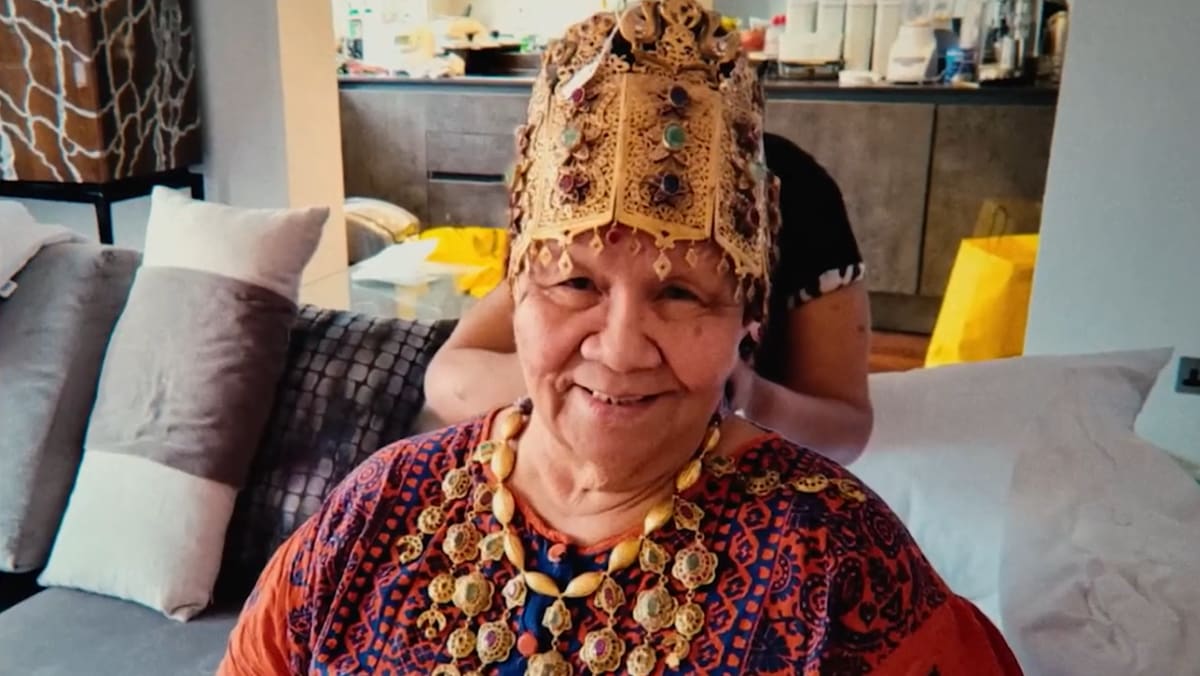
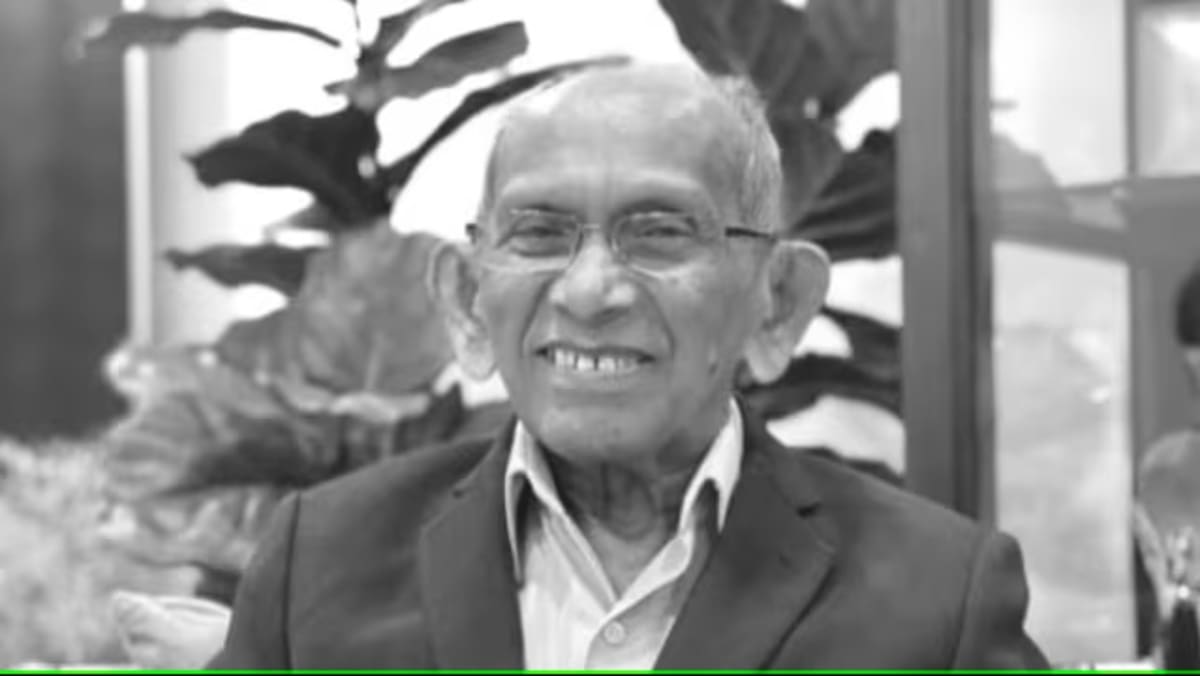
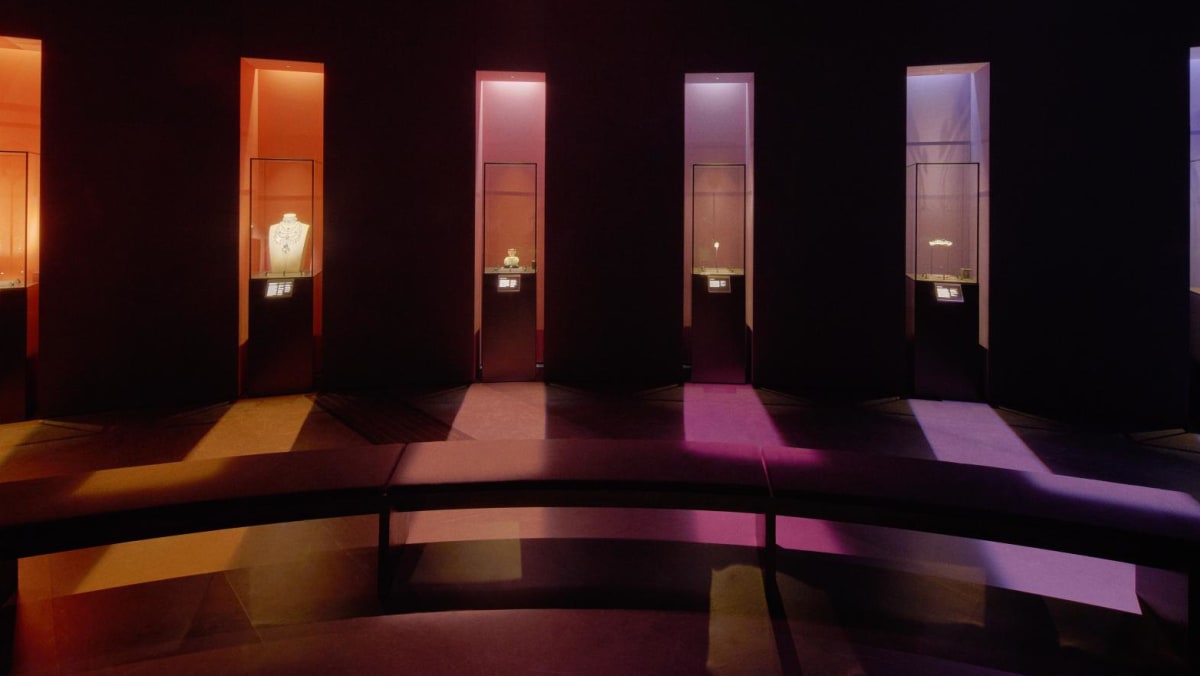


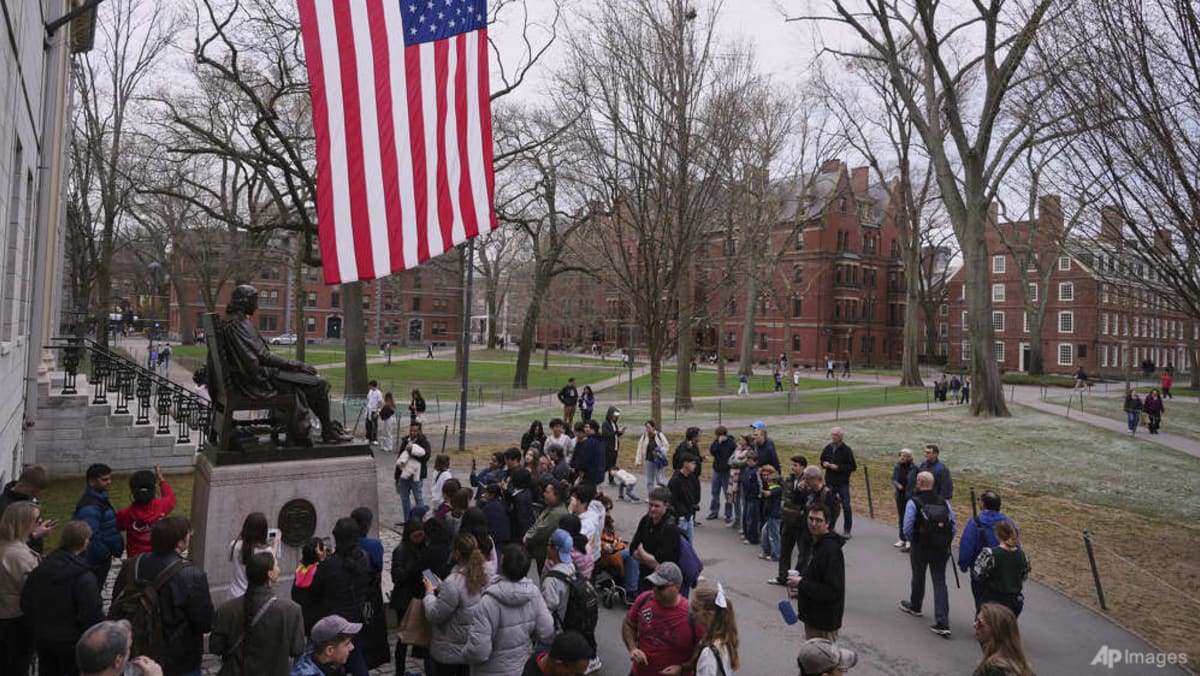

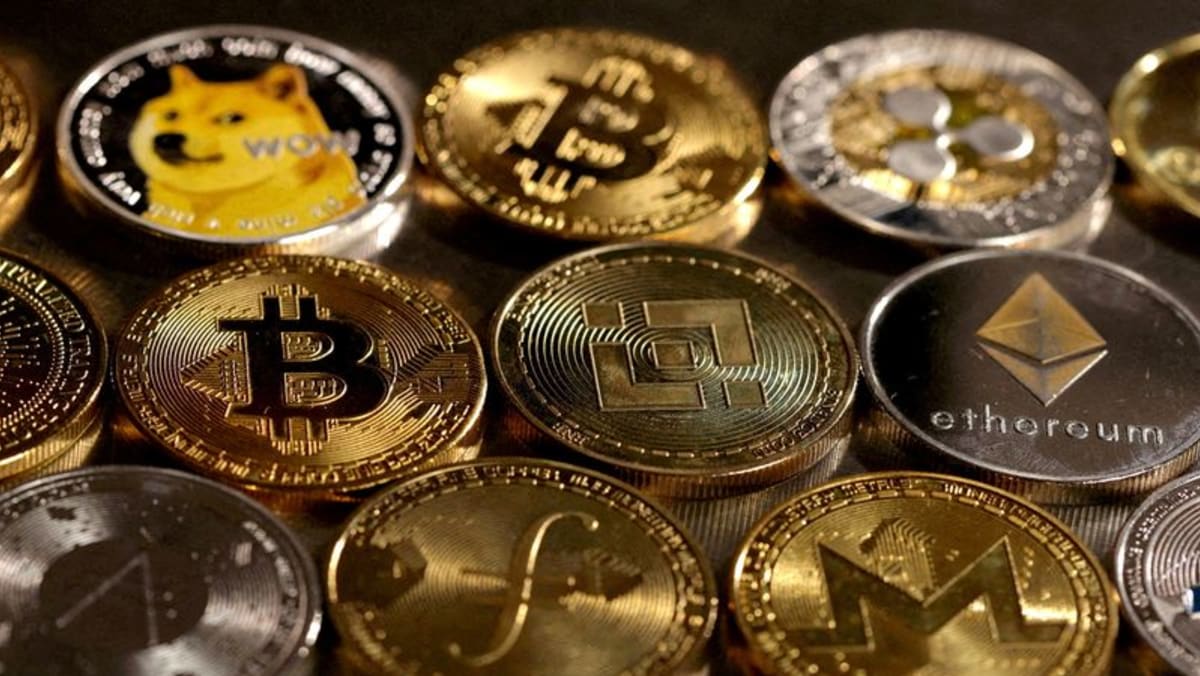

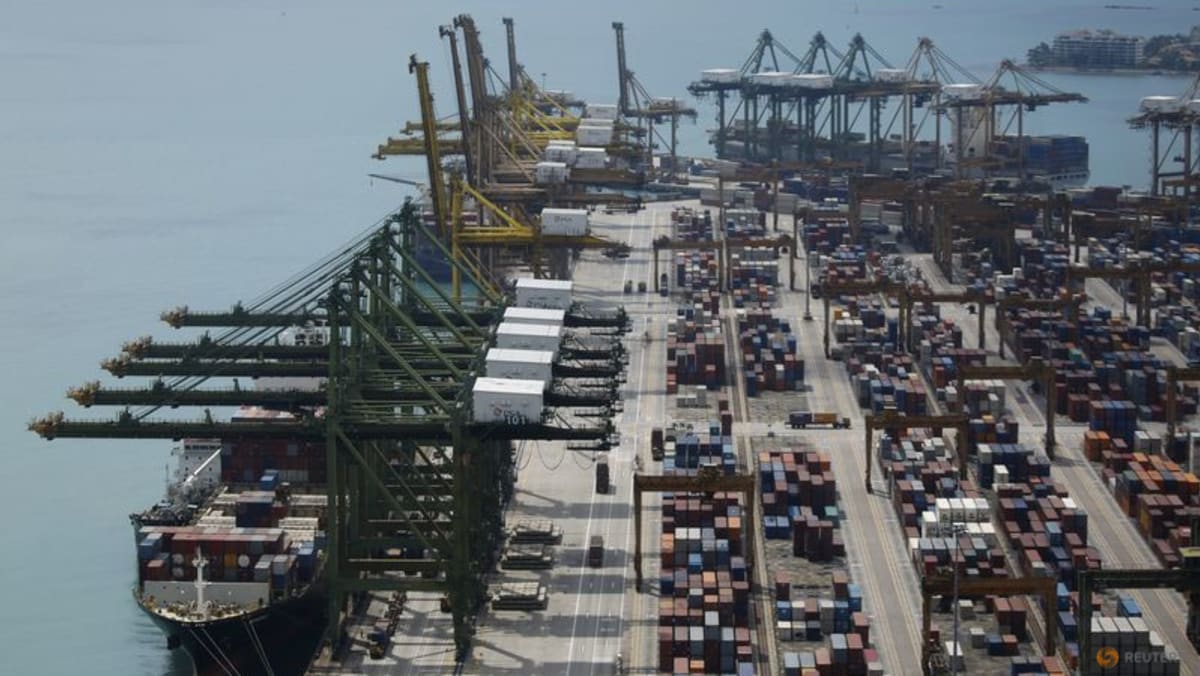


.png?itok=erLSagvf)


